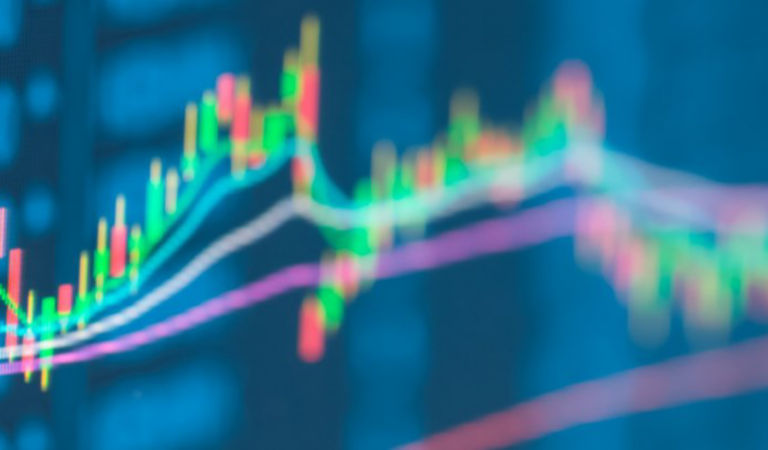Emerging markets
Emerging markets (EM) equities (-6.1%) sold off during the quarter. Russia’s invasion of Ukraine riled equity markets, and China’s largest COVID-19 outbreak since the onset of the pandemic prompted new lockdowns that threatened to significantly disrupt supply chains. Within EM, Latin America was the top performer, followed by Asia and Europe, the Middle East, and Africa (EMEA).
Latin America (+13.8%) generated outsized gains. Easing political tensions in the region supported stocks, while the crisis in Ukraine drove energy, grains, and metals prices sharply higher, which benefited the region’s economies that rely heavily on commodity exports. Peru (+34.9%) and Chile (+20.0%) skyrocketed amid surging metals prices, particularly for copper, and Colombia (+23.5%) was propelled higher by a rally in oil. Brazil (+16.0%) was advantaged by soaring energy and agriculture prices and large capital inflows from foreign investors seeking to take advantage of higher interest rates and attractive valuations. Mexico (+5.9%), a major manufacturer of energy-intensive machinery, transport, and electrical equipment, was negatively impacted by high inflation but still generated attractive returns.
Asian equities (-7.3%) were dragged lower by China (-13.9%). Russia’s war with Ukraine put China in a precarious position, as authorities sought to preserve ties with Russia and mitigate any further fallout with Western nations. The central bank continued to shift toward a more accommodative policy stance to combat slowing economic growth, property market strains, subdued consumer sentiment, and lackluster domestic consumption. Renewed lockdowns across many cities, including Shenzhen and Shanghai, sparked fears about factory closures and manufacturing disruptions, placing new pressures on China’s economy and threatening to further impair supply chains. The government pledged to enact measures to support the economy and financial markets, while President Xi Jinping signaled a shift in priorities, announcing that Chinese leaders must seek to mitigate the economic and social impact of virus-control efforts. Renewed fears of supply-chain disruptions and ballooning energy prices weighed on South Korea (-7.7%) and Taiwan (-3.2%), given their dependence on exports and energy-intensive manufacturing. India (+0.1%) finished flat, while Thailand (+3.8%) and the Philippines (+3.9%) showed signs of economic improvement amid easing COVID-19 restrictions.
EMEA (-5.8%) was the weakest performer, led by Russia (-100%), which suffered its largest capital market drawdown following severe foreign sanctions, the closure of the Moscow Exchange, and the removal of Russian securities from major equity indices, including the MSCI Emerging Markets Index. Although trading partly resumed on March 24, Russia introduced a strict permitting process for foreign investors which requires onerous documentation, and sanctions remain in place. The vulnerabilities of Central and Eastern European economies to sustained military conflict weighed profoundly on Hungary (-17.9%) and Poland (-6.7%). The Czech Republic (+3.1%) remained vulnerable to these risks, but its direct access to European Union (EU) recovery funds could enable a faster economic recovery. Turkey (+25.0%) surged amid the ongoing depreciation of the lira against the US dollar, while South Africa (+10.3%) rose sharply as the strength of commodity prices aided the economy.











Monthly Market Review — November 2025
Continue readingBy